
Changdeokgung main hall, girls wearing handbook.
English
In case you thought the palaces of Seoul were over, here come 3 more beautiful spots east of Bukchon.
The best to visit temples and palaces in Seoul is to buy the combination ticket - which gives access to all the main sites - or to rent a hanbok, the traditional costume, so you are allowed in the sites for free. According to Enrique, they all look the same. Well they are not exactly the same, but it is true that if you are tight on time, it might be wise to limit the visit to what you can cover in one day (e.g. Gyeongbokgung, Bukchon, Changdeokgung, Jogyesa) for your trip to be more varied.
Last piece of advice is to always confirm online whether the target temple or palace is open that day and what are the tour times - in case of guided only visit - otherwise you may end up walking there for nothing, like it happened to us with Jongmyo.
Spanish
Si pensabas que se habían terminado los palacios en Seoul, hoy os traemos otros tres al Este de Bukchon.
Lo mejor para visitar palacios y templos en Seoul es hacerte con el ticket combinación - sale muy barato y lo puedes comprar en el primero que visites - o alquilar un hanbok, el traje tradicional, para hacer unas fotos muy chulas y entrar gratis a todos los que os dé tiempo. Nosotros pasamos de trajes porque hacía demasiado calor, pero la libretilla nos sirvió para ver casi todos - nos dejamos Jongmyo en el tintero por llegar en Sábado, cuando estaba cerrado.
Aunque seas muy freak de templos y palacios, es cierto que se puede hacer repetitivo. Por eso, si vas una semana o unos días, una manera de plantearlo es dedicar un día a ver "lo que os de tiempo" e.g. cubrir Gyeongbokgung, Bukchon, Changdeokgung y Jogyesa. Os recomiendo confirmar online que el templo esté abierto ese día y si se puede visitar libremente o hace falta entrar en un tour guiado, ya que eso condiciona mucho el plan.

1. Changdeokgung
As introduced in our Gyeongbokgung post, was initially built as a secondary palace but became the main one after a fire destroyed Gyeongbokgung in 1592. It is smaller, but more beautiful than Gyeongbokgung as its elements blend with the natural geography instead of imposing themselves over it.
Como os explicaba en el post de Gyeongbokgung, fue construido como palacio secundario pero terminó convirtiéndose en residencia principal tras el incendio de 1592 en Gyeongbokung. Es algo más pequeño, pero la estar construido en armonía con su entorno, resulta muy agradable de visitar.

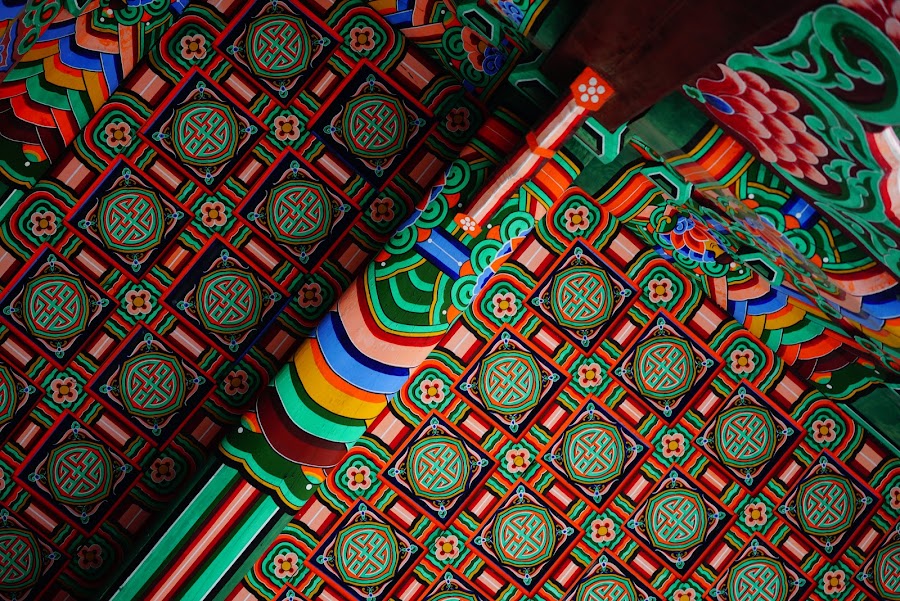

Colorful walls alternate with below intricate patterns drawn by wood and brick.

2. Huwon
Huwon (aka Secret Garden) is a beautiful garden that could not be visited by commoners until September 2012, hence the "secret garden" game. The visit is only allowed with a tour guide, so you need to exchange your ticket at the entrance of Changdeokgung and register for one of the daily tours - English at 11:30, 13:30, 14:30 y 15:30 (February - October).
Huwon (aka Jardín Secreto), es un precioso jardín sólo accesible a la realeza hasta Septiembre de 2012. De ahí el nombre. Hoy en día, sólo se puede visitar en tour guiado, cambiando el ticket a la entrada de Changdeokgung y asegurándote de llegar antes de que se llene el grupo - hay tour en inglés a las 11:30, 13:30, 14:30 y 15:30 (Febrero - Octubre).

Lotus pond
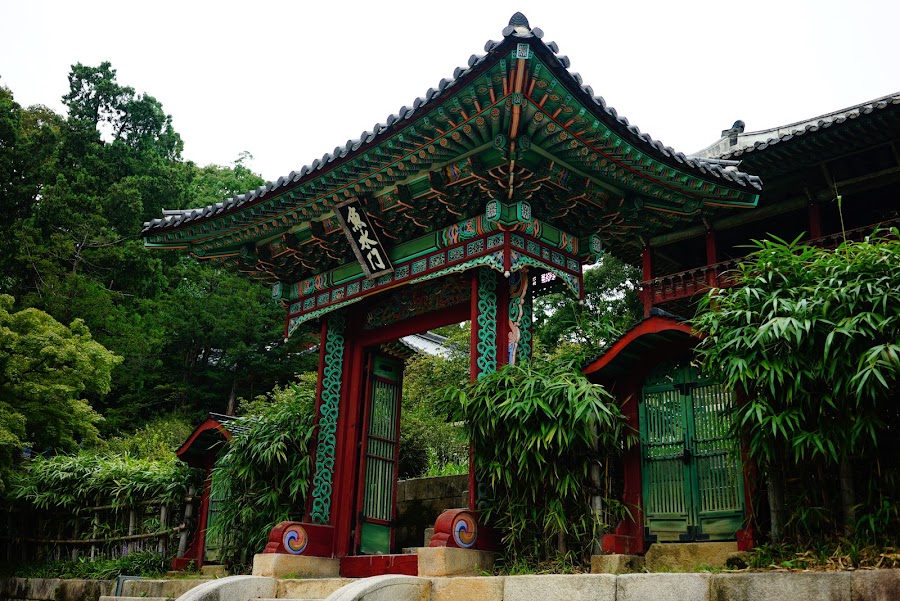
King's gate - only the king could cross it,
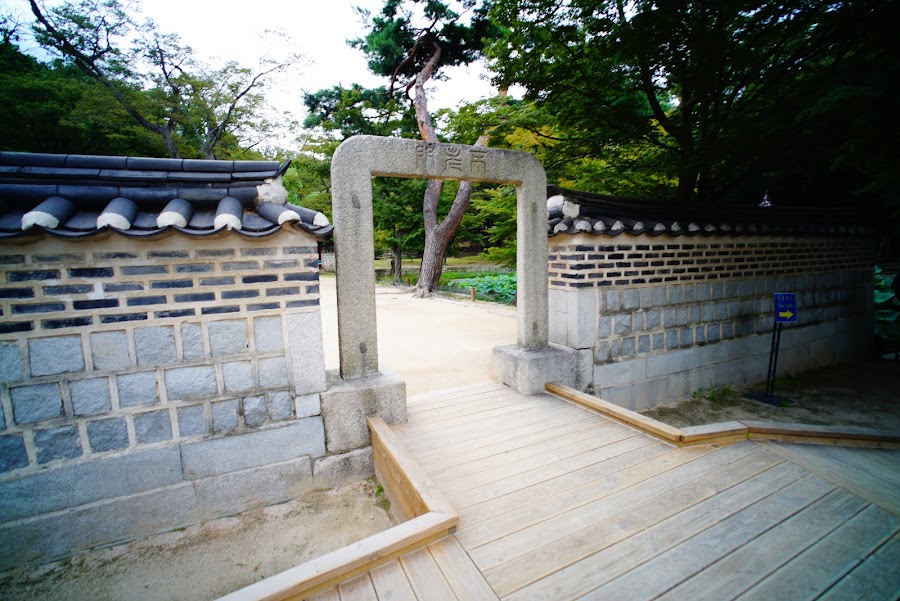
Longevity gate, the more you cross the longer you live.

Pond with the shape of a unified Korean Peninsula.

Practising the old style of noblemen walking, opening the legs sidewards to avoid falling out of the huge volume on those trousers.
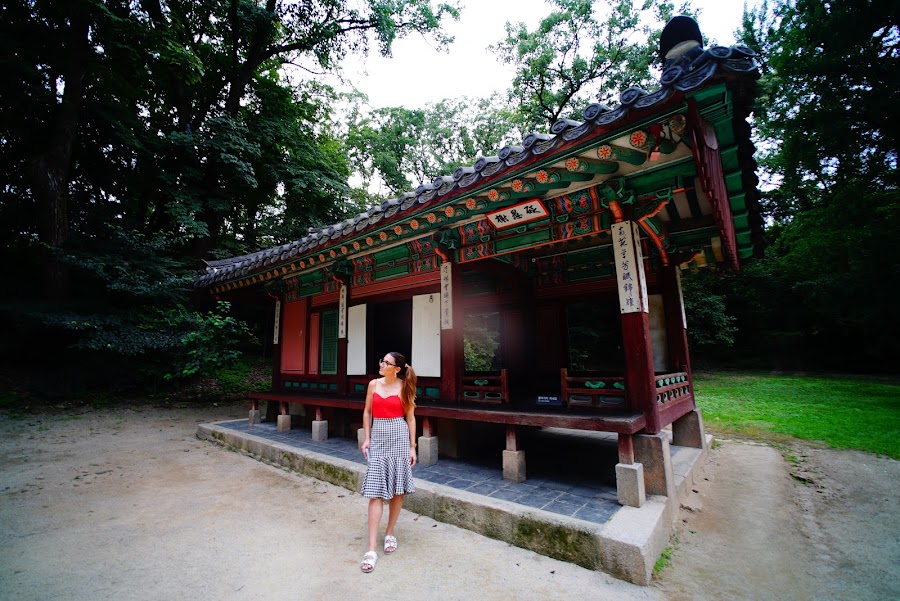
3. Changgyeonggung
Changgyeonggung, is the last palace on the eastern cluster, was build in 1418 as residence for the King's father. But it would soon turn into a secondary residence for queens and concubines. As a curiosity, this palace was built east-west in huge contrast with the rest of Joseon Dynasty Palaces in Seoul which were all built north-south.
Changgyeonggung, es el último palacio de la zona Este. Construido en 1418 como residencia para el padre del rey, se convirtió en residencia de reinas y concubinas. Como curiosidad, cabe resaltar que el palacio está construido de Este-Oeste al contrario que la mayoría, que tienen las puertas principales orientadas de Norte-Sur.

The staircase at the entrance from Changdeokgung side ends in this huge rock.
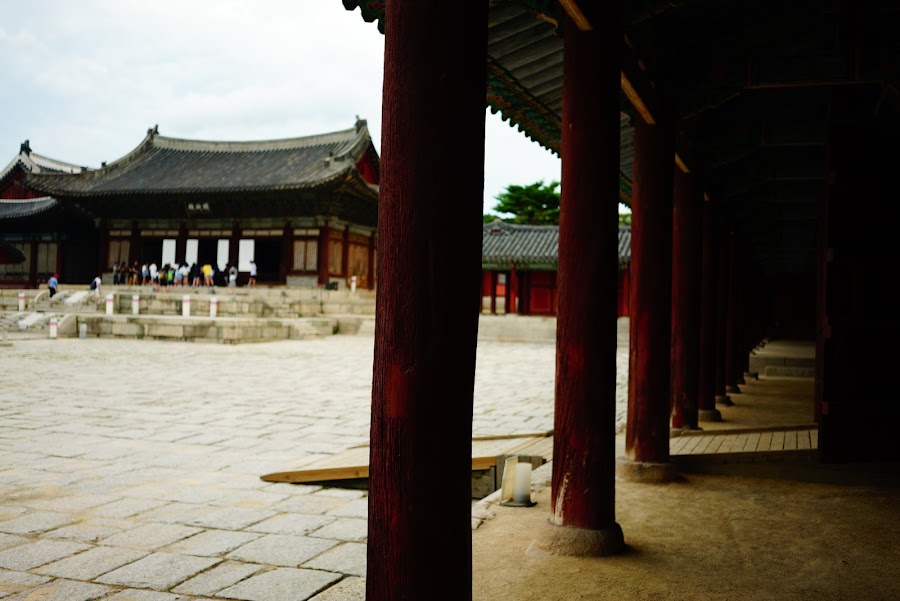
The main building has this huge patio, surrounded by red columns, rather unique construction when compared with the rest.
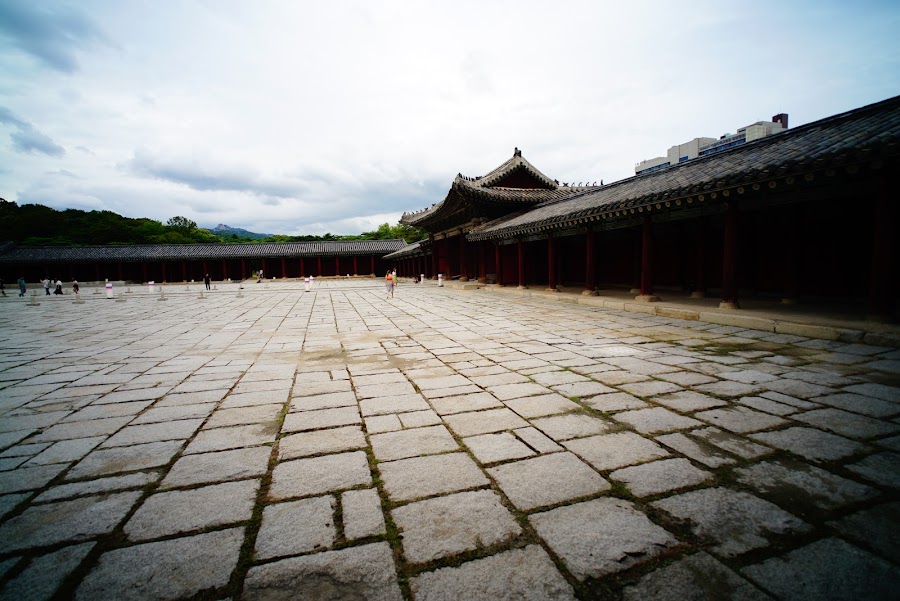





















No comments
Post a Comment